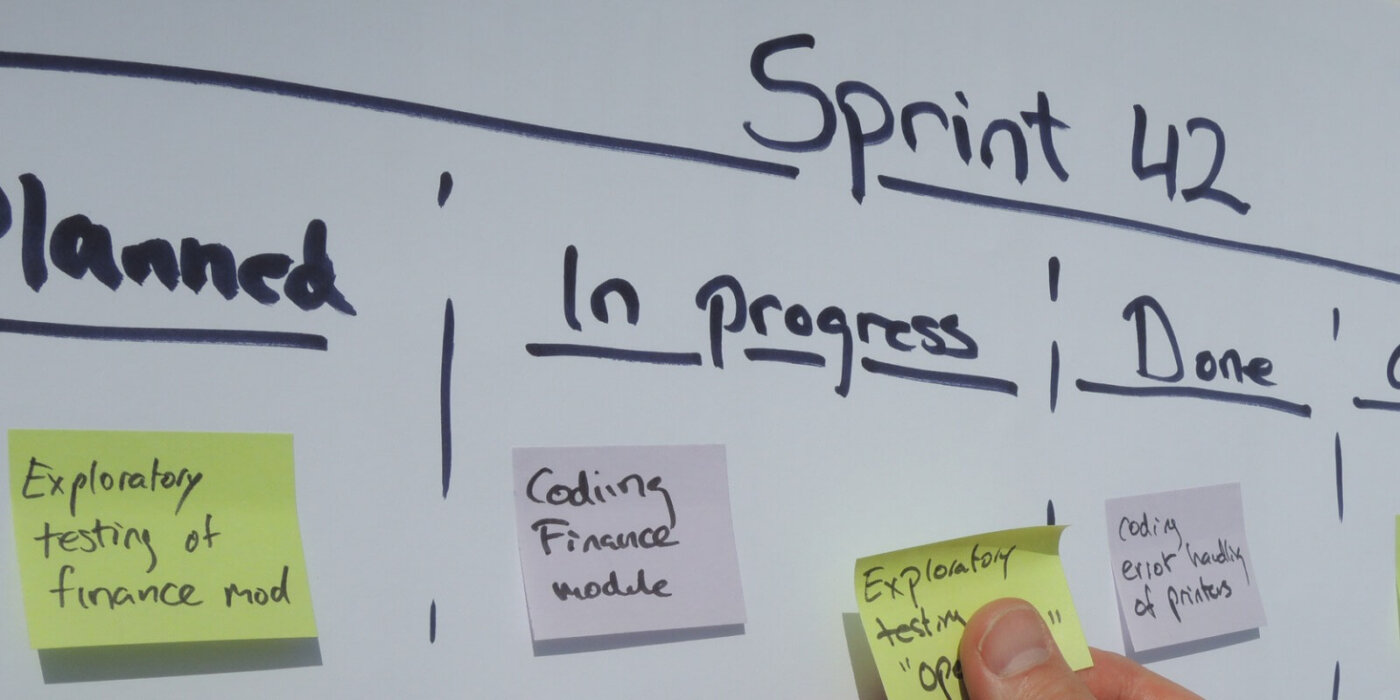It’s Official: RevGen is a Great Place to Work
For our second year, RevGen has been certified as a "Great Place to Work"
Read More About It’s Official: RevGen is a Great Place to Work
Deliver customer value in a rapidly changing digital world

Many companies continue to operate in ways that can’t keep up with the rapidly changing digital world. Traditional methods like waterfall development, stage gate processes, and annual budgeting often lead to re-work, delays and budget overruns. As a result, traditionally run businesses are not a match for those with business agility.
Agile businesses can react quickly to change and better deliver to customers’ wants and needs. It’s more than IT and software development. While IT may use an agile framework, such as Scrum, the entire organization must be aligned and operate collaboratively. Agile businesses use iterative planning cycles and drive funding for value streams that bring all departments together operating with a shared vision. This framework accommodates for change and innovation as more is learned along the way.
The customer is at the center of everything an agile business does, with the core focus of delighting the customer with features and functions that are deemed valuable. An agile approach typically begins with a vision that establishes a minimum viable product (MVP). That is, something with just enough features to satisfy early customers and provide feedback for development. The business then leverages an iterative approach to assess and add incremental value, allowing it to more quickly make decisions and adjust course to give customers what they want.
I’ve worked in organizations that claimed they were agile and used the mantra “fail fast.” While well-intentioned to quickly realize when a course correction is needed, many teams and leaders were reluctant to make the call to scrap something and pivot. After all, no one wants to admit they just spent time and budget that will not yield value, especially when there is pressure to deliver results. Continuous learning and relentless improvement must be built into the culture and processes to encourage innovation and deliver customer value.
Engaged leadership is critical to any agile implementation. True Lean-Agile leaders understand how to leverage proven agile frameworks holistically, have a growth mindset, and empower teams to make quick decisions to consistently deliver customer value.
Before jumping in and embarking on an agile transformation, those in leadership must first answer a few questions:
Once an organization decides to embark on the journey to agile transformation, I recommend starting small. Also, showcase initial successes and continuously learn and improve as the agile framework and company culture begin to align. While it can sound daunting, an agile transformation can be successful with full leadership support, a strong change management plan, and willingness of employees to adopt this new mindset.
Get the latest updates and Insights from RevGen delivered straight to your inbox.